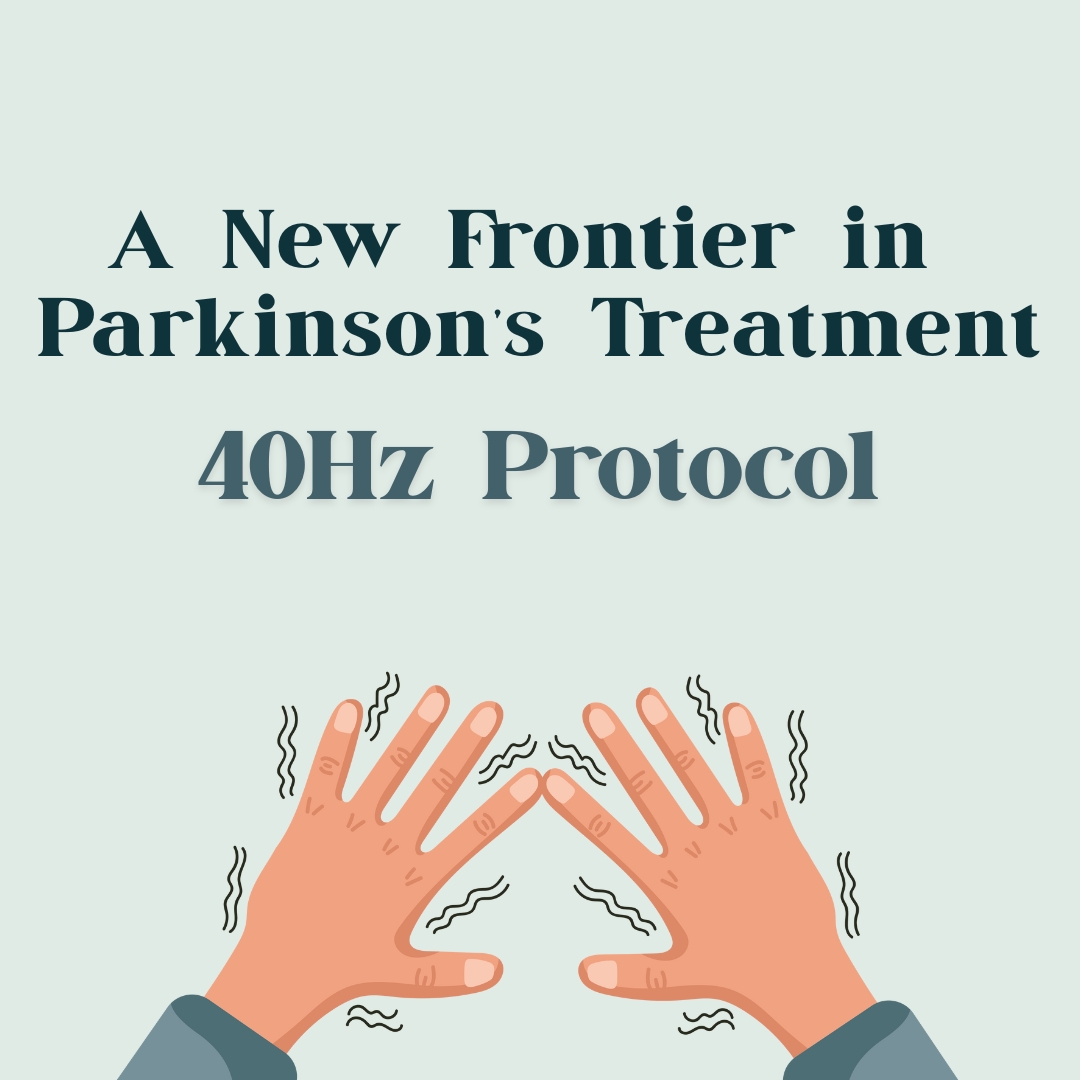Emerging research into light and electromagnetic therapies is opening exciting new avenues in the fight against Parkinson’s disease. One of the most promising approaches gaining attention is the 40Hz protocol, which we carry out at The Hub a localised infrared / near-infrared laser by THOR, a leader in photobiomodulation therapy (PBMT). This multifaceted protocol integrates Pulsed Electromagnetic Field (PEMF) therapy, targeted red light application, and full-body infrared exposure to support neurological health.
The Components of the Protocol:
-
Pulsed Electromagnetic Field (PEMF) Therapy
PEMF is believed to influence neural oscillations and cellular metabolism. This mimics the gamma wave activity associated with healthy brain function, potentially improving motor control and reducing neuroinflammation in Parkinson’s patients. -
Localised Red Light TherapyUsing red and near-infrared light, PBMT is applied to specific regions: the back of the neck (targeting the upper cervical spine and brainstem) and around the skull (notably over the motor cortex and basal ganglia areas). These zones are chosen to help modulate mitochondrial function and stimulate neuroplasticity.
-
Theralight 360 – Full-Body Light Bed
This device delivers uniform exposure to red and near-infrared light across the entire body. By improving systemic circulation, reducing oxidative stress, and supporting overall mitochondrial health, the Theralight 360 complements localised treatments and supports whole-body healing.
Why 40Hz?
The 40Hz frequency has been studied for its ability to entrain neural networks and potentially clear toxic proteins like alpha-synuclein, implicated in Parkinson’s. While still under investigation, early studies show improved cognition and motor coordination using gamma entrainment techniques.
The 40Hz frequency has been studied for its ability to entrain neural networks and potentially clear toxic proteins like alpha-synuclein, implicated in Parkinson’s. While still under investigation, early studies show improved cognition and motor coordination using gamma entrainment techniques.
What Causes Parkinson’s?
Emerging research highlights the significant role of gut health and external factors in the progression of Parkinson’s disease (PD), suggesting it may originate outside the brain. The gut-brain axis enables communication via the vagus nerve, immune pathways, and microbial metabolites, and misfolded alpha-synuclein—central to PD—may first appear in the gut before traveling to the brain. Microbiome imbalances can lead to increased intestinal permeability, systemic inflammation, and reduced neuroprotective compounds like butyrate, all of which may exacerbate neurodegeneration. Environmental exposures such as pesticides, heavy metals, and chronic stress further contribute by disrupting mitochondrial function, increasing oxidative stress, and harming both gut and neural health. Additionally, diets high in processed foods or excessive antibiotic use can damage gut flora, while nutrient-rich, anti-inflammatory diets may offer protective effects. Together, these internal and external factors highlight Parkinson’s as a multifaceted disease with systemic roots.
Conclusion
The 40Hz protocol represents a novel, non-invasive adjunct to conventional Parkinson’s therapies. By combining PEMF, targeted red light, and full-body PBMT, it seeks to optimise neurological function and quality of life. Ongoing studies and patient reports continue to support its potential as a transformative therapeutic option.
The 40Hz protocol represents a novel, non-invasive adjunct to conventional Parkinson’s therapies. By combining PEMF, targeted red light, and full-body PBMT, it seeks to optimise neurological function and quality of life. Ongoing studies and patient reports continue to support its potential as a transformative therapeutic option.


